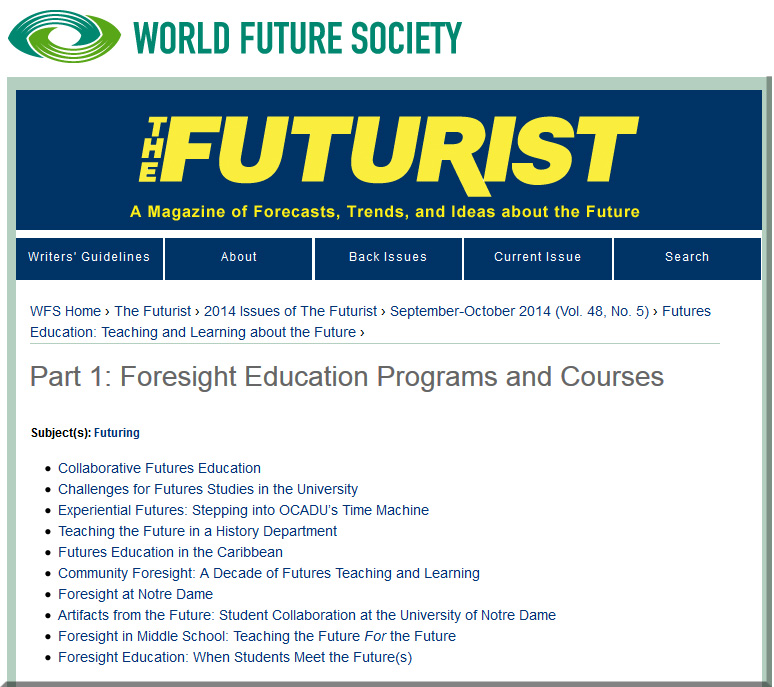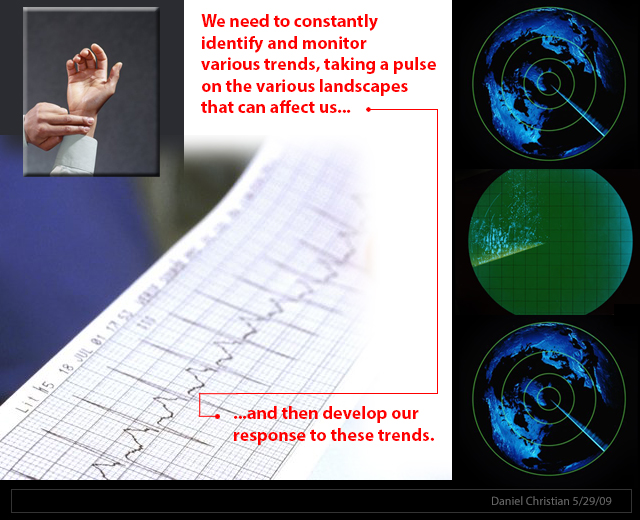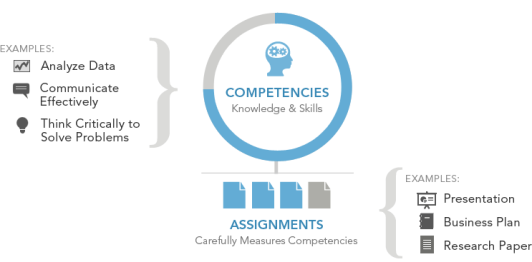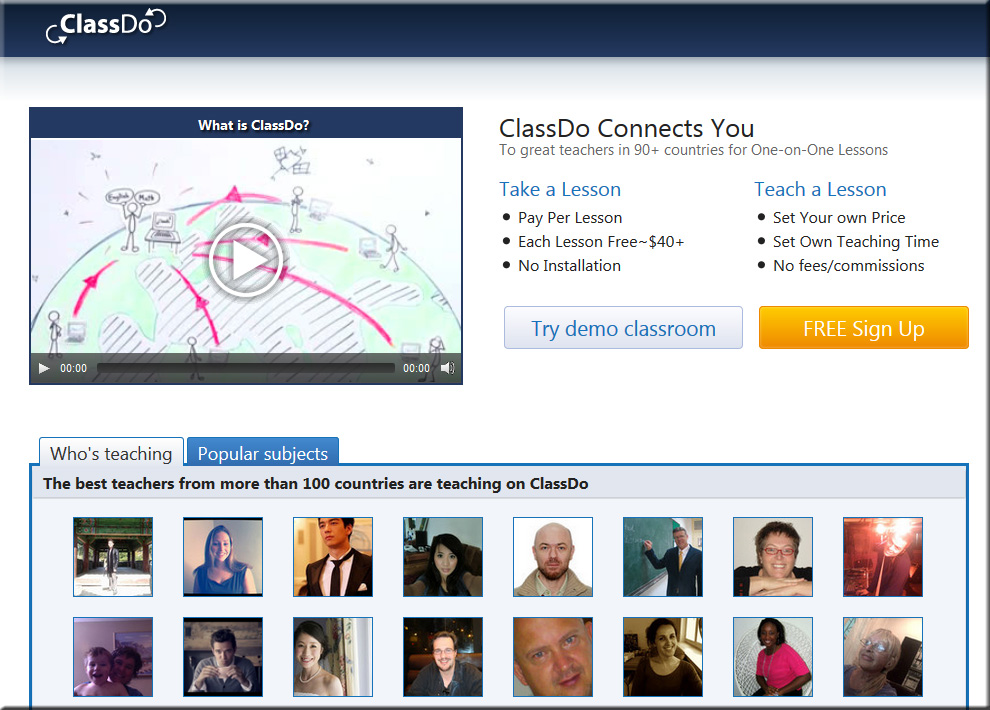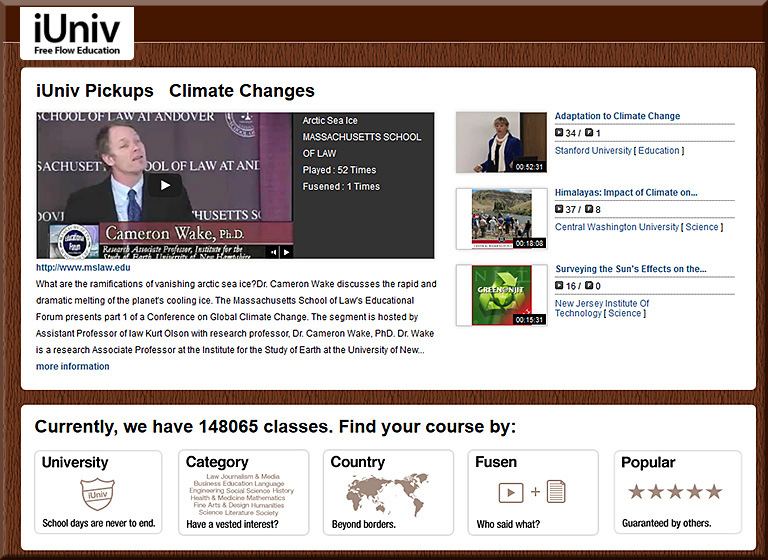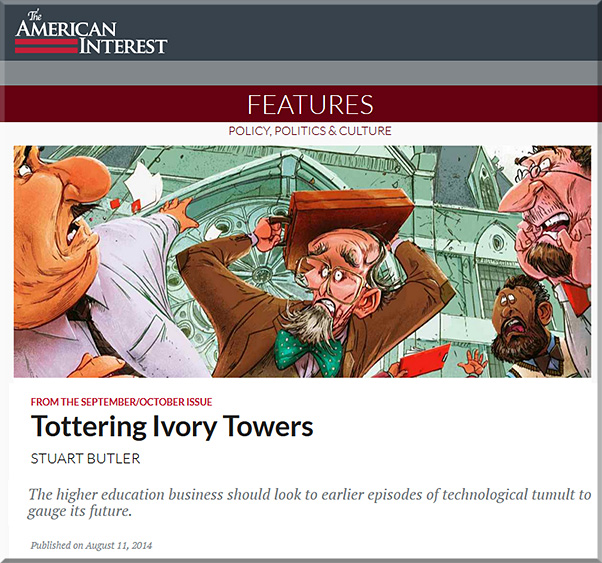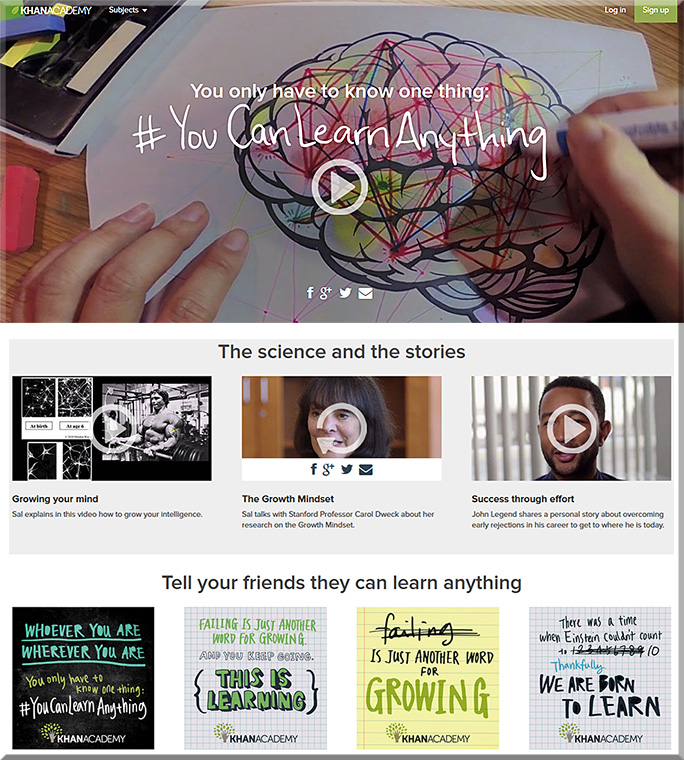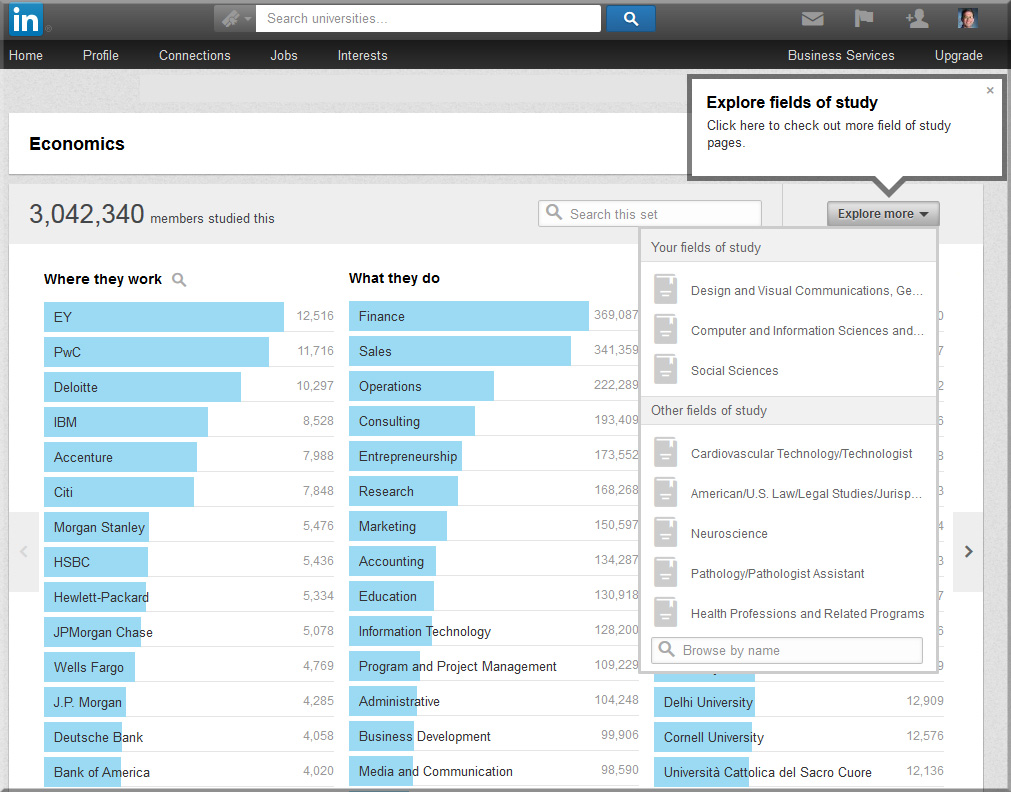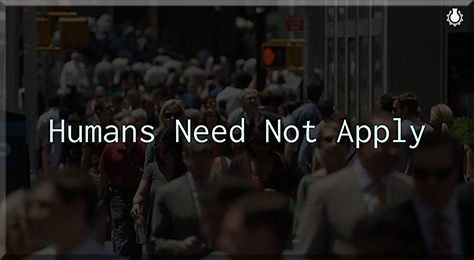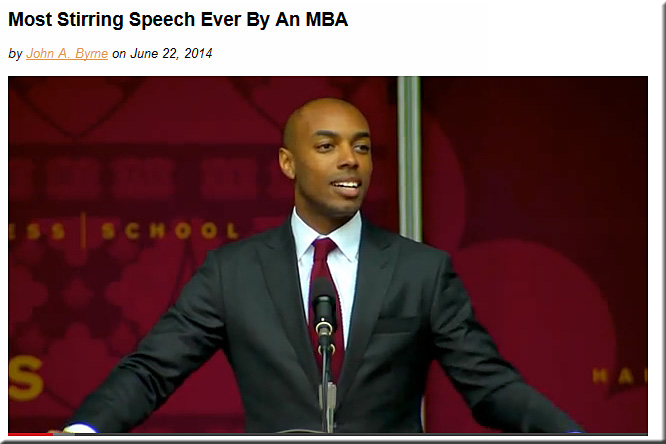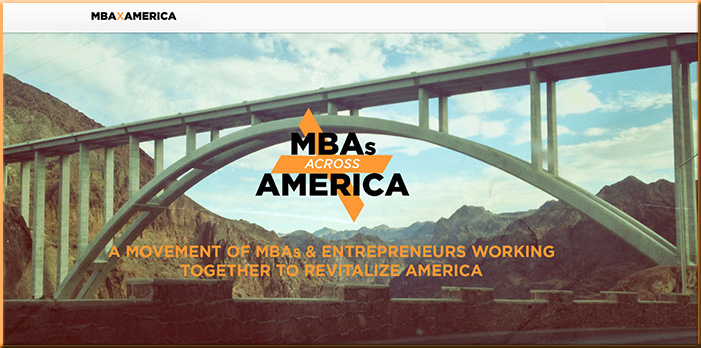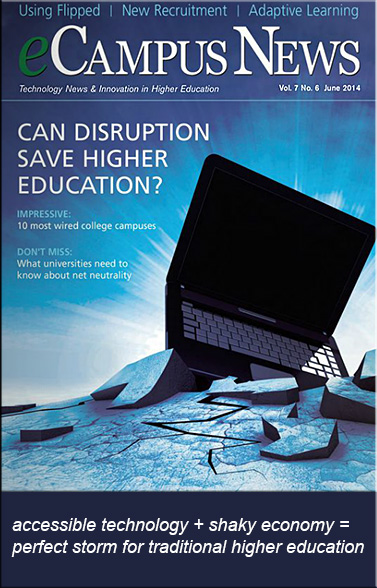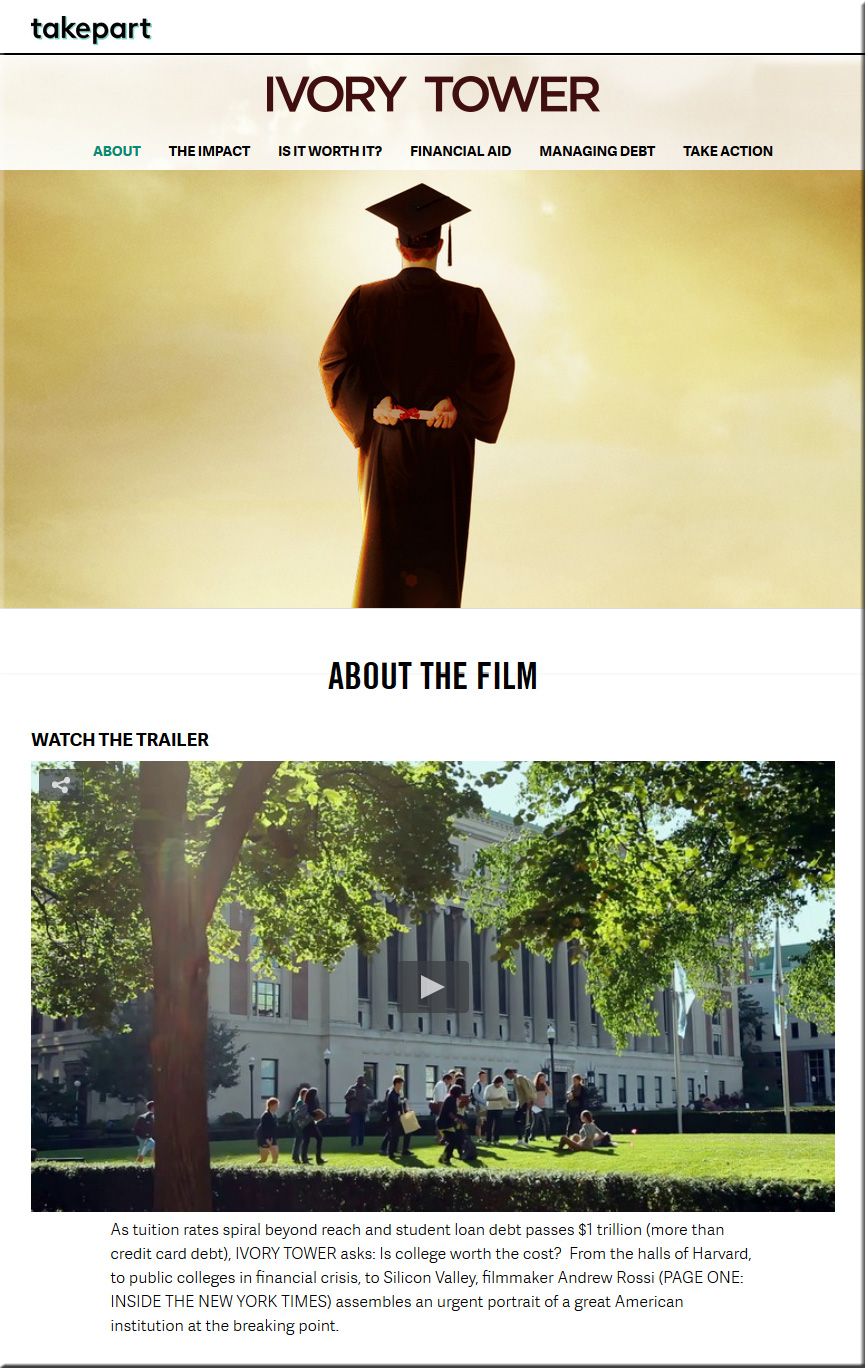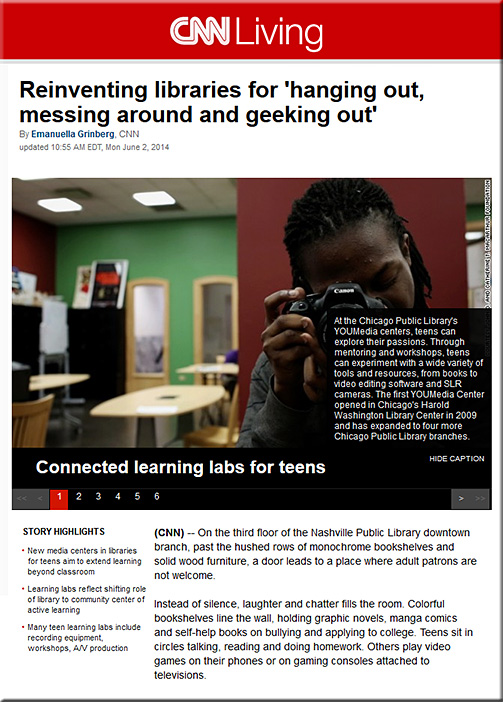Finding New Business Models in Unsettled Times — from Educause.com by Paul J. LeBlanc
If the core crisis in higher education is one of sustainability, being focused on the job to be done and having a grasp of the forces shaping higher education gives institutional leaders a new way to think about recasting their future.
Excerpts:
“What to do?” is the question that so many college and university presidents struggle with right now. We seem to be sitting at the heart of a perfect storm where a lot of things are happening faster than our ability to predict and strategize. We can respond to this stormy weather as medieval farmers did to the next day’s weather: by simply waiting to see what arrives and then taking action, often inadequately. Or we can recognize that we actually have the tools, the technology, and the know-how to reinvent U.S. higher education in ways that will address its current failings.
…
Those established entities that survive are able to harness the innovations and rethink their business models to better serve their customers. Those that eventually disappear typically adopted one of two strategies: (1) hunker down and hope to ride out the storm by doing more of the same; or (2) try a little of everything. Neither strategy works very well, and as a result, once-great and seemingly unassailable companies have disappeared or, at best, survived as mere shadows of themselves. That’s the scenario that many current critics of traditional higher education posit and even welcome, often pointing to other industries that have seen enormous disruption—music, publishing, journalism, and retailing—to presage the impending doom for traditional higher education.
…
But there is no one higher education to reinvent, and colleges and universities do no one job. Higher education encompasses the following purposes:
- A coming-of-age higher education that meets the needs of recent high school graduates, usually providing a purposeful living/learning community that provides ample opportunities for self-discovery and growing up
- A workforce-development higher education that focuses on working adults and that provides job and career opportunities while creating a talent pipeline for employers in a local economy
- A research higher education that seeks to add to the store of human knowledge, creating breakthrough, innovative solutions to a wide range of problems
- A status higher education that provides a value-added network of peers, as well as access to and maintenance of privilege and social status
- A civic-good higher education that works to produce a more just and responsible society
- A cultural-improvement higher education that creates and/or supports the arts and humanities and instills in its graduates the taste and refinement to support and appreciate the arts
…
The need to reinvent underlying business models is increasingly urgent.
.
Other items from Educause:
Flexible Option: A Direct-Assessment Competency-Based Education Model
The University of Wisconsin Flexible Option CBE model focuses on assessment rather than credit hours, letting students undertake academic work at their own pace and prove mastery of required knowledge and skills through rigorous assessments.
A Tuition-Free College Degree (EDUCAUSE Review) — by Shai Reshef
Excerpt:
First, brick-and-mortar institutions have expenses that virtual universities do not. So we don’t need to pass these expenses on to our students. We also don’t need to worry about capacity. There are no limits on the number of seats in a virtual university: nobody needs to stand at the back of the lecture hall. In addition, through the use of open educational resources and through the generosity of professors who are willing to make their materials accessible and available for free, our students do not need to buy textbooks. Even professors, the most expensive line in any university balance sheet, come free to our students. More than 3,000 higher education professionals—including presidents, vice chancellors, and academic advisors from top colleges and universities such as NYU, Yale, Berkeley, and Oxford—are on-board to help our students. Finally, we believe in peer-to-peer learning. We use this sound pedagogical model to encourage our students from all over the world to interact and to study together and also to reduce the time required from professors for class assignments.
…
Five years ago, University of the People was a vision. Today, it is a reality. In February 2014, we were awarded the ultimate academic endorsement of our model: University of the People is now fully accredited. With this accreditation, it is time for us to scale up. We have demonstrated that our model works. I now invite colleges and universities and, even more important, the governments of developing countries to replicate this model to ensure that the gates to higher education will open ever more widely. A new era is coming—an era that will witness the disruption of the current model of higher education, changing the model from one that is a privilege for the few to one that is a basic right, affordable and accessible for all.
See:
https://www.uopeople.edu/programs/online-bachelor-degree-programs/
Beyond the MOOC Model: Changing Educational Paradigms — by James G. Mazoue
Four trends – MOOC-based degrees, competency-based education, the formalization of learning, and regulatory reform – are shifting educational practice away from core tenets of traditional education, indicating not a transient phenomenon but rather a fundamental change to the status quo.
Excerpt:
According to Georgia Tech’s recent survey, initial reviews from the first cohort of OMS CS students are positive: 93 percent recommend the program to others and nearly two-thirds said their experience exceeds their expectations. If data from the OMS CS show that MOOC-based degrees are viable, others will follow with an array of offerings that will compete directly with on-campus programs.
Some may quibble that the $6,600 OMS CS is not modeled on real MOOCs because of its price tag. However, this misses the larger point: namely, that a quality online degree offered at scale for a nominal or greatly reduced cost is a more attractive alternative for many students than an on-campus degree. In deference to purists who might balk at calling a degree program that charges tuition a MOOC, we can call it a MOD (for Massive Online Degree). Whatever we call it, it will be bad news for on-campus degree programs. With competition, we can expect a MOD’s cost to go down; it is not unreasonable to think that it might go down to a negligible amount if cost recovery shifts from charging students for the acquisition of knowledge to a model based on learning assessment and credentialing. In the end, students — if we let them — will be the ones who decide whether a MOD’s value outweighs the additional cost of an on-campus degree.
…
Far from fading into oblivion, data show that MOOCs are in fact increasing in global popularity. The case for dismissing MOOCs as an educational alternative, therefore, has yet to be made.









